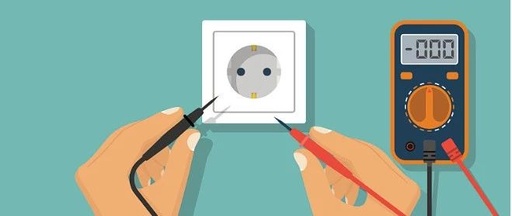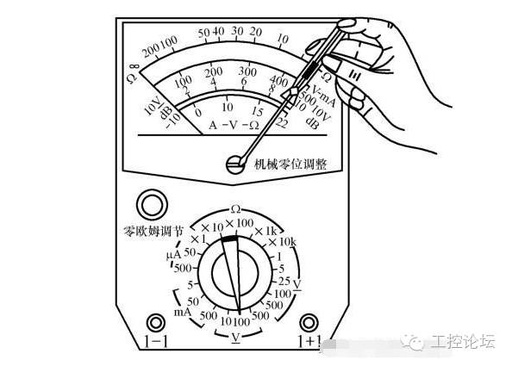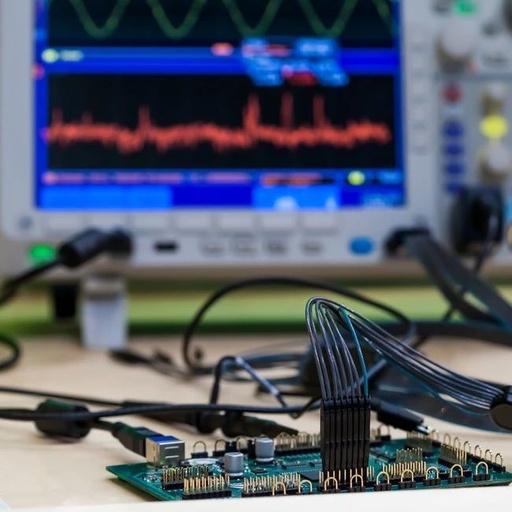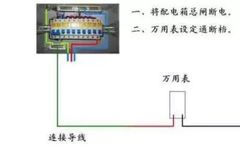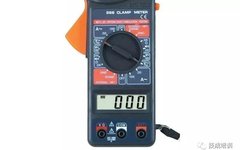How to Use a Multimeter? Comprehensive Guide
This is a supplement to previous content. Earlier, we published an article on measuring breakpoints, and many friends mentioned the use of multimeters. Indeed, we have published relatively little content on the use of multimeters, but they are quite versatile in practical projects. So let’s explore this topic together. 1. What is a Multimeter Also … Read more
